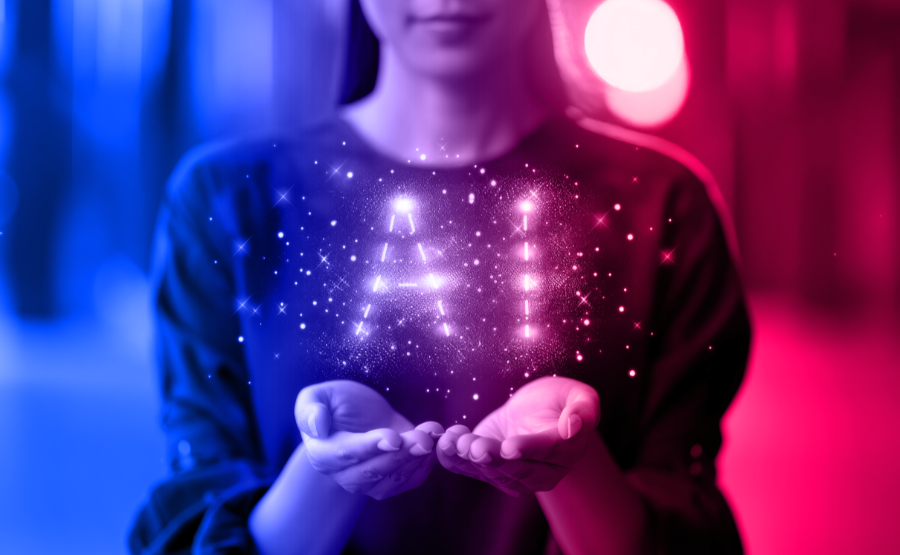Artefact specializes in applied artificial intelligence and generative AI. Its mission: to help organizations move from experimentation to large-scale adoption by combining strategic alignment, hands-on training, and technical co-creation.
When a leading global commodity trading company (one that trades in primary economic sectors, such as agriculture, energy, and metals, rather than manufactured products) sought to accelerate its AI transformation, it turned to Artefact to turn potential into measurable performance. The goal was to make generative AI a daily productivity tool across departments while ensuring robust governance, compliance, and lasting cultural change.
Challenge: Turning AI curiosity into enterprise capability
Like many organizations, the client had already begun experimenting with generative AI tools such as Microsoft Copilot. But early projects had not yet translated into enterprise-wide impact. Two main challenges emerged:
- Empowering people: Employees needed structured, relevant upskilling to confidently use generative AI in their day-to-day work. While interest was high, practical know-how varied widely across teams.
- Building intelligent automation: Beyond personal productivity tools, the company wanted to explore custom AI assistants capable of automating complex workflows such as compliance checks, documentation, and reporting.
In short, the company needed a roadmap to scale AI safely and strategically, ensuring that innovation translated into both efficiency and trust.
Solution: From learning to doing with co-creation
Artefact applied its proven GenAI adoption framework, adapting it to the fast-paced, data-sensitive world of commodity trading. The program unfolded in three key stages, from capability building to co-creation.
- Assessing readiness and opportunity: The engagement began with a comprehensive AI maturity audit to evaluate existing capabilities and identify the departments most likely to benefit from generative AI. This diagnostic phase helped prioritize high-value use cases and ensure executive alignment around business goals.
- Tailoring adoption to business priorities: Artefact then built a targeted adoption plan around three pillars:
– Adoption: Accelerate upskilling on Copilot and other generative tools through blended learning combining live workshops, e-learning, and ongoing coaching.
– Business alignment: Translate AI potential into concrete departmental use cases, from accounting and HR to strategy and risk management.
– Innovation: Encourage experimentation through hackathons and internal challenges, enabling teams to prototype AI assistants designed for specific business needs. - Co-developing custom AI assistants: To move from theory to practice, agent hackathons were organized that brought together multidisciplinary teams of data experts, business users, and compliance officers.
One flagship outcome was the development of a Copilot-based compliance assistant, capable of automatically analyzing regulatory documents, extracting key information, and flagging potential risks for review. By combining prompt engineering best practices with domain fine-tuning, the assistant delivered measurable time savings while maintaining full traceability and adherence to compliance standards.
Artefact also helped the client establish long-term enablers of adoption:
- Weekly AI office hours for live Q&A and peer learning
- An AI community of practice to share insights and refine use cases
- A prompt library integrated directly into Copilot, ensuring reusable workflows and continuous improvement
These initiatives transformed AI from an experimental toolset into a structured capability embedded in daily operations.
Results: Scaling adoption and building an AI-ready culture
Within just a few weeks of launch, the company saw tangible results across multiple dimensions:
- Increased engagement: Copilot usage rose steadily across departments, with growing confidence among employees to use GenAI responsibly and creatively.
- Operational efficiency: Early deployments of AI assistants significantly reduced time spent on document review and compliance reporting.
- Knowledge sharing: Over 50 business-relevant prompts and workflows were created and shared internally, becoming a foundation for future automation.
- Cultural transformation: A genuine AI community took shape — one that embraces experimentation, collaboration, and continuous learning.
By combining strategic alignment, human-centered training, and technical co-development, Artefact helped this global trading leader embed AI into its operating model, turning it from a standalone initiative into a sustained competitive advantage.
Conclusion: Successful AI adoption requires a roadmap
AI adoption doesn’t happen by accident; it happens by design. Artefact’s approach demonstrates that scaling generative AI requires more than technology: it demands structure, engagement, and trust.
With the right mix of training, experimentation, and business alignment, organizations can move from curiosity to capability – and from capability to impact.
 BLOG
BLOG